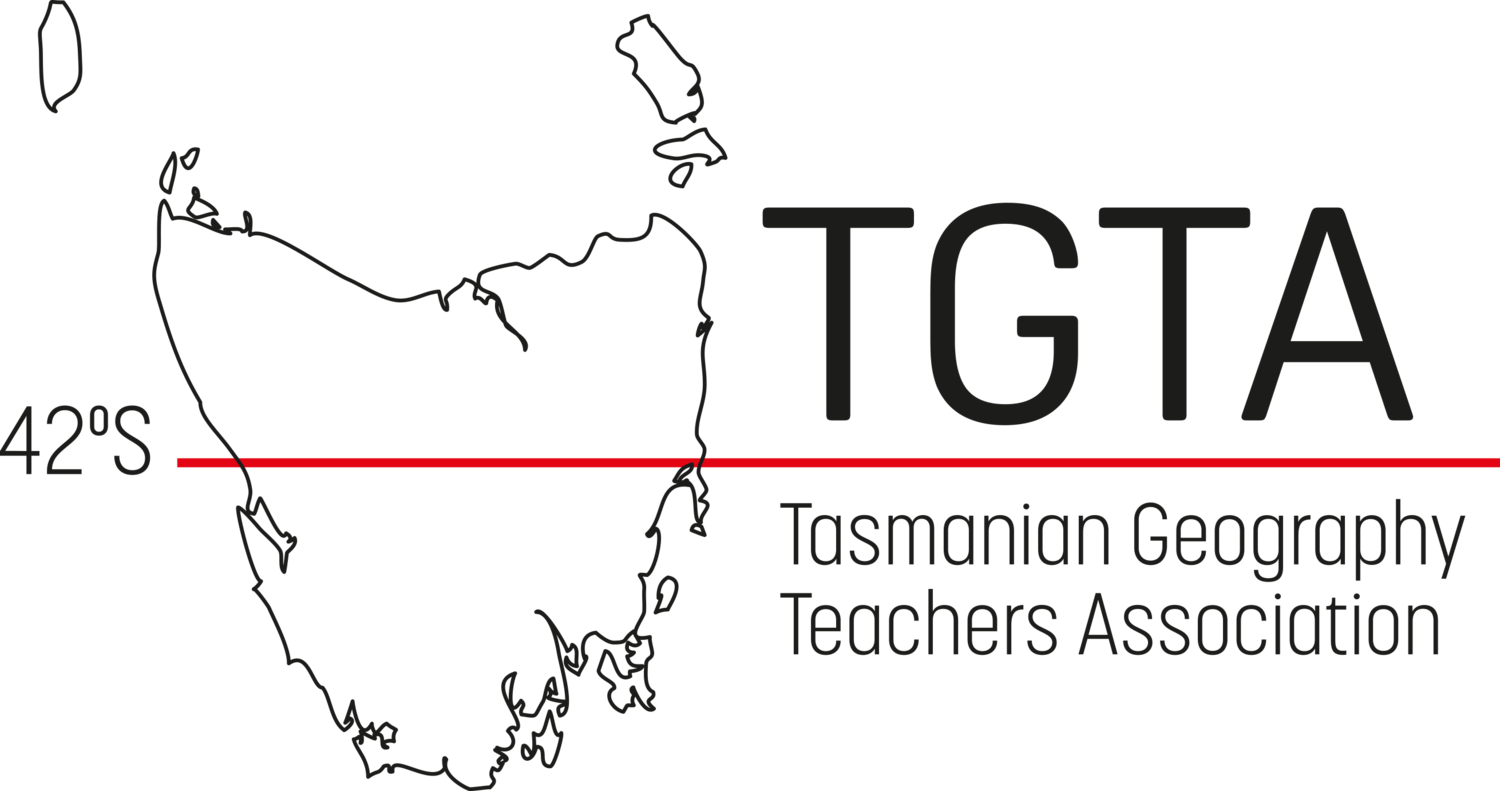Professional Standards for Teaching School Geography
Geography Teaching Standards PDF
The Australian Geography Teachers Association (AGTA) played a leading role in the development of professional standards for accomplished teaching school geography during 2007–2009. During this period AGTA was a partner with the University of Melbourne, Victorian Institute of Teaching and the Geography Teachers Association of Victoria (GTAV) in funding this major project. This project was also partly funded through an Australian Research Council Linkages grant.
The project developed a dynamic set of standards for teaching school geography built on a platform of classroom practice. Details of the nine geography standards and eleven samples of classroom geography teaching are available at Geography Teaching Standards
The standards were developed from:
video footage of ten accomplished geography teachers in government and non-government schools in three states;
project website online survey which gathered responses to questions concerning the lesson videotapes of the teachers;
17 panel meetings in five states;
summary of responses from the meetings, the online survey and written responses.
The writers and facilitators for the standards were:
Dr Dianne Mulcahy – monicadm@unimelb.edu.au
Jeana Kriewaldt – jeana@unimelb.edu.au
Nick Hutchinson – nhut1001@bigpond.net.au
Roger Smith – rogersmith@hotkey.net.au
Australian Professional Standards for Teachers
During 2011-2012 AGTA was funded by the Australian Institute for Teaching and School Leadership (AITSL) to develop the following Illustrations of Practice.
Sustainable cities: Outlines a series of lessons that incorporate a fieldwork trip that enables students to make field observations that are described and recorded in text, numerical and audio-visual format; organise, interpret, present and analyse the data; and evaluate current situations to develop proposals for sustainable futures. The teacher develops strategies that enable students to empathise with others and to relate understanding of local areas to regional and global scales.
Geography in practice (To be published during 2013): Following a professional learning day three teachers from an outer-Melbourne school who are inexperienced in teaching geography, engage in a collegial discussion in which they reflect on the ways in which this experience has improved their practice. They discuss the reasons for attendance, new knowledge and skills gained and how strategies used will be applied in the classroom. Activities used draw on resources produced by the Global Education Project focusing on the Pacific region.
Spatial technologies in geography (To be published during 2013): A lead teacher provides opportunities for colleagues to develop their skills in the use of spatial technologies and to explore ways in which these can be applied in the geography classroom. Colleagues reflect on ways in which these newly acquired skills can improve their practice. Activities draw on the use of accessible online geographic information systems (GIS) that can be readily used in all schools.
The three Illustrations of Practice were prepared by Rob Berry and Roger Smith.


